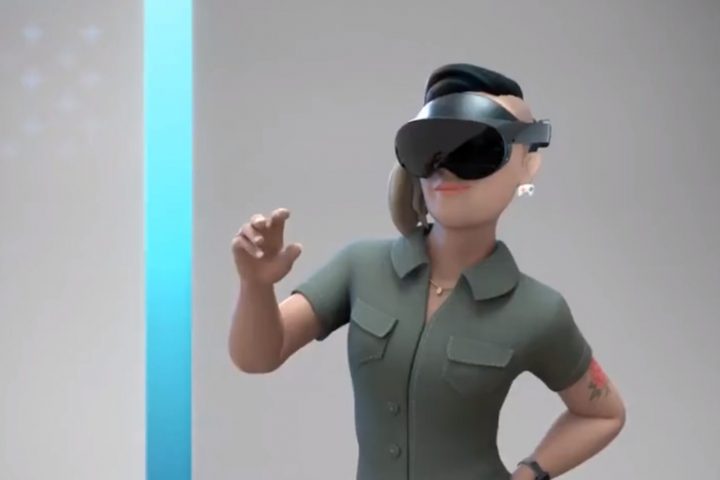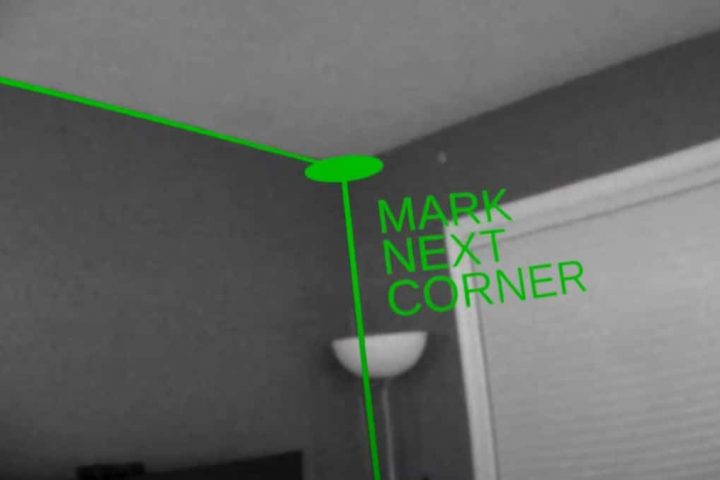
VB LIVE:
Last year AR and VR raked in $1.8B, with 6.3M headsets shipped. How does that impact your business? Find out in this VB Live event, where we’ll be unveiling the results of our VB Insight consumer study into VR and AR, consumer attitudes, and more.
VR and AR are marching along. It’s estimated that there will be about 35 million units in the field by the end of the year, and consumer awareness is consistently rising as well. In augmented reality, simple games like Pokemon Go have made more than one generation sit up and take notice; footage of virtual reality games consistently blow viewers away.
But in terms of actually producing sophisticated consumer AR and VR products to go mainstream, we’re not quite there yet says Laura Gemmell, an innovation analyst at Worldpay. Her innovation team, which focuses on the cutting edge of technology, from blockchain, the internet of things, mobile terminals, to VR and AR, is pushing forward ways to make the technology more valuable to retail and consumer companies looking for ways to commoditize consumer interest.
“We’re doing our research from a payments perspective, rather than a VR perspective, Gemmell says. “The biggest barrier to consumers wanting to use VR and AR is actually price of headsets; they’re still quite expensive commodities to buy.”
Higher-end units like the HTC and the Oculus are prohibitive, though phone-based headsets are proliferating, from Cardboard to Google’s Daydream and the Samsung Gear VR. Gemmell believes that we’ll see retail and digital businesses, very aware of the fascination customers have with the technology they maybe can’t quite own yet, start to adopt the technology to show off in-store and stoke even more interest.
One of the other big obstacles to regular VR use, even if you own a headset already or could afford one, is that, as for most every new technology, content is really the big driver of it taking off in a significant way. (See also: the 3D TV.)
And there currently just isn’t a whole lot of content available yet to encourage people to spend the cash, if they’re not into virtual reality gaming already.
“If someone has bought a headset, they’ll struggle to find uses for it all the time,” Gemmell says. But all is not lost, she adds. “That used to be the case with mobile phones as well,” she says. “When smartphones first came out, there weren’t that many apps, but now they’re a normal occurrence in everyday life. I can see VR going the same way.”
And at this delicate early stage between fascination and familiar, another tricky part is getting consumers to embrace the admittedly awkward physical reality of the headsets.
“Sometimes we demo to a room full of 20 people, and when we’re finished no one actually wants to try it on,” Gemmell says.
People feel silly, she says, and feel uncomfortable putting on the headset. They don’t like not being able to see. They worry they’re going to fall over, and a lot of people report motion sickness.
Security is also another big issue. Early adopters tend to be the tech-savvy and sophisticated. To make the leap from cool cult classic to mainstream consumer adoption, you need to win over the people who aren’t technical, who don’t trust technology, who think VR is weird — especially the idea of making payments in virtual reality.
“Think back to how long it took people to adopt payments on a mobile phone,” Gemmell says. “They had phones for years with everything else on them, but when it came to buying high-ticket items, people still used to log into their browsers [on desktops or laptops] to do it.”
Gemmell also notes that simply keeping the software updated, installing drivers, and new system software, requires a good bit of technical expertise.
“I don’t know if the technology is ready for general public consumption,” she says.
So why are companies taking such big swings at this entire space? Given the number of people who are employed and the amount of investment that’s gone into VR, clearly people are betting on it. Gemmell thinks that bet is going to pay off.
“Once the technology is better, the possibilities are endless with VR and AR,” she says. “It’s going to create some amazing opportunities in digital content, shopping, travel, and industries like that. We’ll be able to buy things we couldn’t normally buy, experience things we wouldn’t normally be able to experience. It’s going to stay around and it’s going to be adopted in everyday life.”
As that day approaches, Gemmell’s team has been working toward helping both companies develop and monetize content, and users feel comfortable consuming it. That requires creating a secure payments solution within a VR experience. Currently, either your card details are stored on file, which they’ve found many consumers are uncomfortable with in a VR setting, or you need to leave the experience to pay — and the risk of dropping off comes up.
“What we’re doing is adding enough friction that it’s secure, but not adding too much that it’s a hassle,” Gemmell says. “That’s where we see the future.”
A seamless, secure payment option for real consumers in a virtual world is just one more step forward for companies experimenting with virtual and augmented reality — and toward the VR and AR explosion we’ve all been waiting for.
Don’t miss out!
By attending this VB Live event, you’ll:
- Understand VR and AR attitudes across the globe
- Learn what’s holding consumers back from these technologies
- Introduce innovation with AR and VR into your own organization
- Learn how payment technology will help facilitate new VR/AR experiences
- Hear what experts think the future holds
Speakers:
- Stewart Rogers, Director of Marketing Technology, VentureBeat
- Laura Gemmell, Innovation Analyst, Technology Innovation, Worldpay
- Wendy Schuchart, Moderator, VentureBeat
This VB Live event is sponsored by Worldpay.
Source: Bringing you one step closer to monetizing VR + AR (VB Live)



